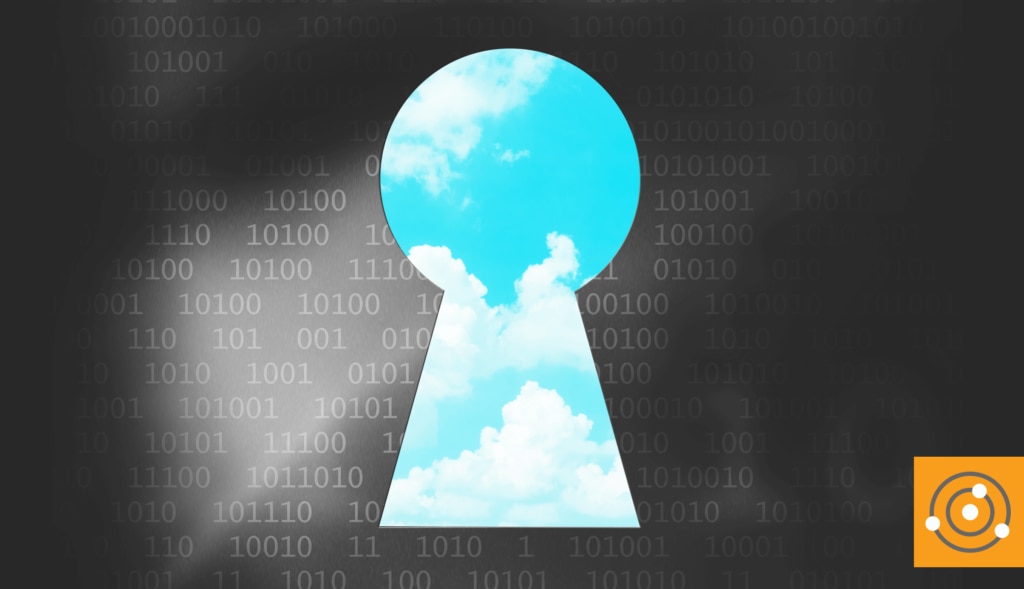The Office of Management and Budget’s
Cloud Smart proposal signals both the end of an era and the beginning of new opportunities. The focus has shifted from ramping up cloud technologies to maximizing cloud deployments to achieve the desired mission outcomes.
Certainly, agencies are investing heavily in these deployments.
Bloomberg Government estimates federal cloud spending will reach $6.5 billion in fiscal year 2018, a 32% increase over last year. However, all the investment and potential could be for naught if agencies don’t take a few necessary steps toward monitoring and troubleshooting distributed cloud networks.
- Match the monitoring to the cloud. Different agencies use a variety of cloud deployments: on-premises, off-premises, and hybrid. Monitoring strategies should match the type of infrastructure in place. A hybrid IT infrastructure, for example, will require monitoring that allows administrators to visualize applications and data housed both in the cloud and on-premises.
- Gain visibility into the entire network. It can be difficult for administrators to accurately visualize what’s happening within complex cloud-based networks. It can be tough to see what’s happening when data is being managed outside of the organization.
Administrators must be able to visualize the entire network, so they can accurately pinpoint the root cause of problems. Are they occurring within the network or the system?
- Reduce mean time to resolution. Data visualization and aggregation can be useful in minimizing downtime when a problem arises, especially if relevant data is correlated. This is much better spending the time to go to three different teams to solicit the same information, which may or may not be readily available.
- Monitor usage and automate resource lifecycle to control costs. Agencies should carefully monitor their cloud consumption to avoid unnecessary charges their providers may impose. They should also be aware of costs and monitor usage of services like application programming interface access. Often, this is free—up to a point. Being aware of the cost model will help admins guide deployment decisions. For example, if the cost of API access is a concern, administrators may also consider using agent-based monitoring, which can deliver pertinent information without having to resort to costly API calls.
The other key to keeping costs down in a government cloud environment is ensuring a tight resource lifecycle for cloud assets. Often, this will require automation and processes to prevent resources from existing beyond where they’re needed. Just because admins think they're no longer using a service doesn’t mean it doesn’t still exist, running up charges and posing a security risk. Tight control of cloud assets and automated lifecycle policies will help keep costs down and minimize an agency's attack surface.
- Ensure an optimal end-user experience. Proactively monitoring end-user experiences can provide real value and help ensure the network is performing as expected. Periodically testing and simulating the end-user experience allows administrators to look for trends signaling the cause of network problems (periods of excessive bandwidth usage, for example).
- Scale monitoring appropriately. Although many government projects are limited in scope, agencies may still find they need to scale their cloud services up or down at given points based on user demand. Monitoring must be commensurate with the scalability of the cloud deployment to ensure administrators always have a clear picture of what’s going on within their networks.
Successfully realizing Cloud Smart’s vision of a more modern IT infrastructure based on distributed cloud networks will require more than just choosing the right cloud providers or type of cloud deployments. Agencies must complement their investments with solutions and strategies to make the most of those investments. Adopting a comprehensive monitoring approach encompassing the entire cloud infrastructure is the smart move.
Find the full article on Government Computer News. 



